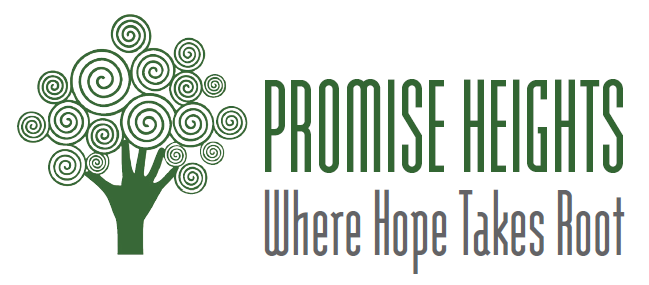Connecting communities and schools in Baltimore
By Jonathon Rondeau
ea change is taking place in Baltimore, and it recently received national recognition. Where it's taking hold, school attendance is up. Chronic absenteeism is down. Student achievement and promotion rates are up. More families are engaged. School climates are being transformed.
The genesis of these shifts is a fundamental rethinking of what a school is. It's not just a building where kids enter and leave at the bell; it's a place that houses opportunities and provides resources. It's a neighborhood hub and anchor, providing a range of services for students, parents and community members. It's a 365-days-a-year, 360-degree proposition happening in our hometown that is a model for cities and school districts across the country.
Last month in Washington, D.C., the Baltimore City Community Schools program was one of two initiatives nationwide recognized by the Coalition for Community Schools. Three Baltimore City schools also received national honors.
Over the past decade and with bipartisan support, "community schools," which connect schools within a community-based context to support student success, have spread to 49 states and D.C. In Baltimore City, where 85 percent of the district's 85,000 students are eligible for free and reduced-price meals, we know firsthand what research clearly shows: that the total environment surrounding a child from before birth and going forward affects all aspects of their school career.
Baltimore City Community Schools, led by the Family League of Baltimore in partnership with Baltimore City Public Schools, the mayor and the City Council, currently consists of 45 schools — 14 elementary, 22 pre-K-8, three middle and six high schools — serving 22,000 students. These schools are unique in their comprehensive services supporting "the whole child" and families, including physical and mental health supports, after-school programs, and access to meals. They also house preschool classrooms, parenting support centers, workforce development, and social support and legal services.
With principals as their steadfast allies, the cornerstone of each community school is a full-time community school coordinator whose job is to think about the needs of the student population in their school. In-school coordinators work with lead organizations such as neighborhood groups like Strong City Baltimore, community organizations like Koinonia Baptist Church and Southeast CDC, and anchor institutions like the University of Maryland School of Social Work, plus dozens of other youth development organizations such as the YMCA to form what one community school principal calls "a seamless web of supports and learning opportunities."
Flexibility, deep listening and partnership are the hallmarks of community schools. While the tendency is to have preconceived notions about a community's needs, we don't get a true picture unless we talk and visit with students, families and neighbors. By directly working with families and communities, we can match actual needs with resources and really move the needle for Baltimore's students.
And moving the needle we are. At The Historic Samuel Coleridge-Taylor Elementary School, school readiness scores jumped 20 percent in one year. Access to B'More Healthy Babies led to a 12 percent drop in infant mortality over two years. [. . .]
Full text available at The Baltimore Sun:
http://www.baltimoresun.com/news/opinion/editorial/bs-ed-community-schools-20150729-story.html
